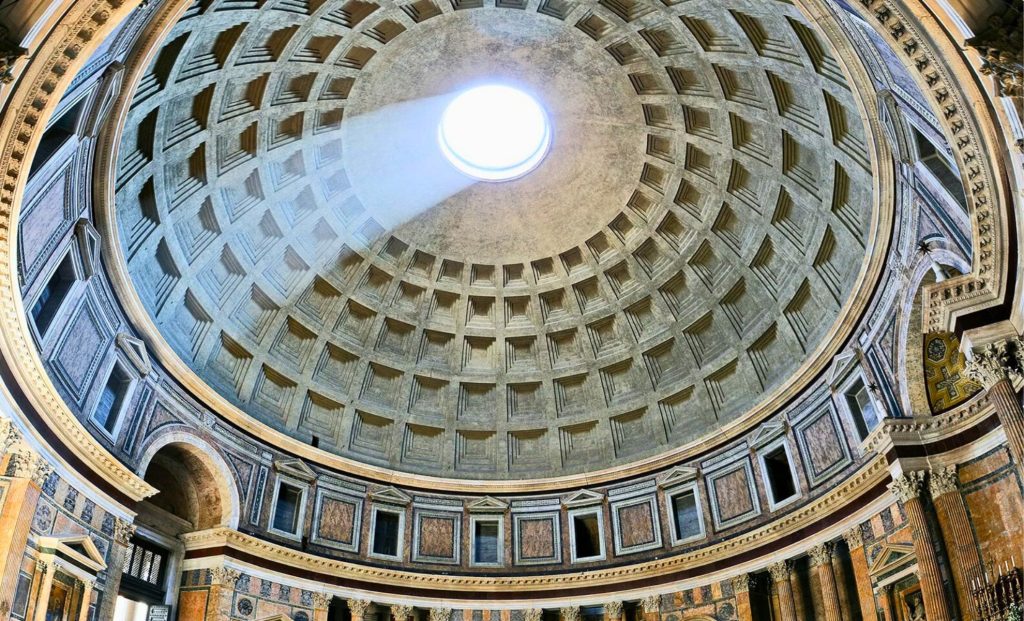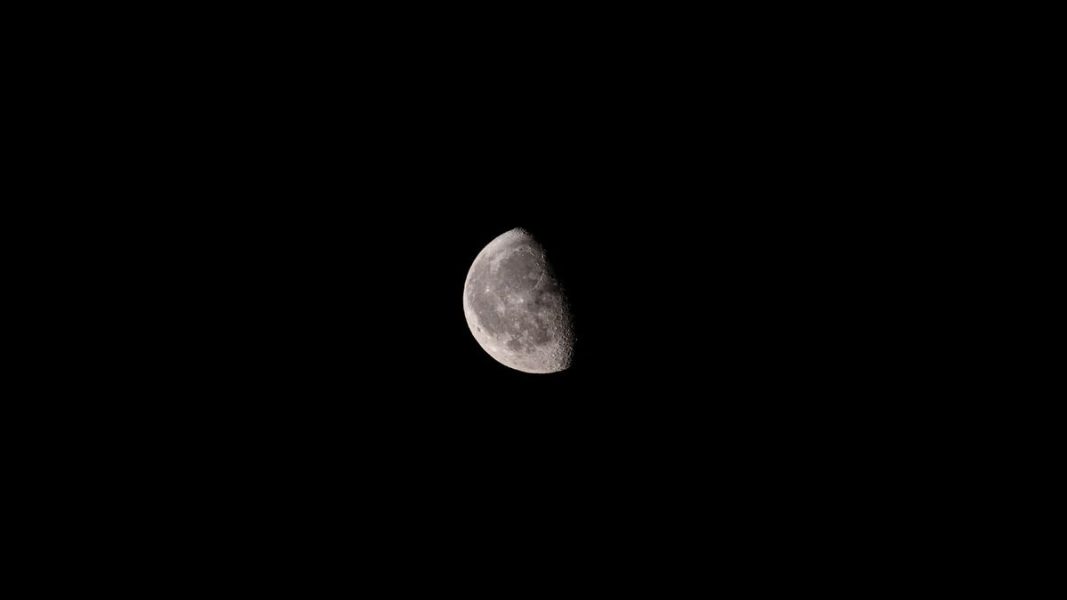We Finally Know the Mystery Behind Rome’s Millennia-Old Concrete Durability – The Daily Galaxy –Great Discoveries Channel

Ancient Roman structures have stood for over 2,000 years, defying time and the elements. Scientists have long speculated about the secret behind their unmatched durability. A surprising new discovery challenges everything we thought we knew about their construction techniques. What researchers found could change the future of modern concrete.The Pantheon in Rome has stood for nearly 2,000 years, boasting the largest unreinforced concrete dome on Earth. Many other Roman structures, from aqueducts to seawalls, have endured wars, earthquakes, and time far better than modern buildings. The secret to their remarkable durability has long been credited to pozzolanic concrete, a mix of volcanic ash and lime.But new research suggests we’ve been missing a key part of the story. A team of scientists led by the Massachusetts Institute of Technology (MIT) has discovered that Roman builders used a unique technique called hot mixing, which not only made their concrete stronger but also gave it self-healing properties.For decades, researchers believed that pozzolanic concrete was made by mixing slaked lime—a product of quicklime (calcium oxide) and water—with volcanic ash. This reaction created a tough, water-resistant material.However, when analyzing samples of 2,000-year-old Roman concrete from Privernum, Italy, researchers found something puzzling: tiny white chunks of lime embedded in the otherwise smooth mixture. These fragments, known as lime clasts, had long been dismissed as evidence of poor mixing. But materials scientist Admir Masic of MIT wasn’t convinced.“If the Romans put so much effort into making an outstanding construction material, why would they be careless about mixing it?” Masic wondered.To solve the mystery, Masic and his team, led by MIT civil engineer Linda Seymour, conducted a series of advanced tests—including electron microscopy, X-ray spectroscopy, and confocal Raman imaging. What they found rewrote history.Instead of using only slaked lime, the Romans appear to have added quicklime directly to the concrete mix, generating extreme heat—a process known as hot mixing. This method did two things:This discovery explains why ancient seawalls and structures exposed to harsh conditions for centuries have remained intact while modern concrete crumbles within decades.Cracks are inevitable in any concrete structure. But in Roman concrete, cracks tend to spread toward the lime clasts. When exposed to water, the lime reacts, forming a calcium-rich solution that seals the cracks by crystallizing into calcium carbonate.This self-repair mechanism has been observed in ancient Roman tombs, aqueducts, and seawalls. To test the theory, the research team created their own Roman-style concrete using the hot mixing method and compared it to modern concrete.Their findings were remarkable:This self-healing ability could explain how Roman harbors, bridges, and buildings have survived for millennia, resisting water damage and extreme weather conditions.Modern concrete is a major contributor to global CO₂ emissions, accounting for nearly 8% of the world’s total. A stronger, self-repairing concrete could significantly reduce maintenance costs and increase the lifespan of infrastructure.The MIT team is now working on commercializing their Roman-inspired concrete as an eco-friendly alternative. If successful, this ancient technique could transform modern construction, improving the durability of 3D-printed buildings and reducing waste.“It’s exciting to think about how these more durable concrete formulations could expand not only the service life of materials but also how they could improve the durability of 3D-printed concrete,” Masic said.The research was published in Science Advances.Comment Save my name, email, and website in this browser for the next time I comment.
© 2024 | Daily Galaxy | All rights reserved






